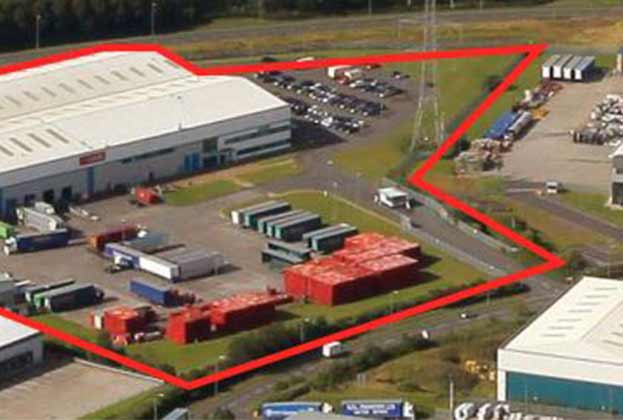Fast-moving pricing and weight of capital keep market liquid

Parkway Industrial Estate, Wednesbury, where Savills advised Peloton and BentallGreenOak on a £90m acquisition
The continued favourable occupier market conditions mean that the logistics sector will remain a key target for investors. While pricing stabilised to a degree by the end of 2022, with base rates having not yet reached their peak, there is potential for limited outward yield shift in H1 2023
Tom Scott, Director, UK Investment
Whilst the history books will show that 2022 was, in terms of investment volumes, the second strongest year ever recorded, this statistic sits in contrast to market sentiment in the final third of the year. By year-end, investment volumes for logistics units reached £6.76bn, comfortably beating the long-term average by 158%. However, of that £6.76bn, 71% was transacted in the first half of the year and in Q4 volumes fell back to £946.6m, the lowest Q4 level since 2012.
Context, however, is key, as by any long-term measure, the market is still functioning well and liquidity remains as H2 volumes comfortably exceed the long-term average by 41%.
Key to this liquidity has been how fast pricing has readjusted in the market to reflect changes in monetary policy and the wider global bond markets. During the global financial crisis, pricing moved out by 300 bps over 31 months, whereas in the current market, we have seen an outward shift of 275 bps, to 5%, in just five months. That pace of change has created opportunities for investors to deploy capital in the confidence that a nadir point is in sight and returns in the new environment can be met.
What has been interesting to observe is how the purchaser and vendor profile has shifted in such a short space of time. In 2021, overseas investors accounted for 57% of capital deployed and this was rising into 2022, reaching 64% in Q2 2022, but falling back to just 37% by Q4 2022. Whilst overseas investors remain the dominant purchaser type, we are seeing occupiers and other financial institutions look to invest and increase their exposure to the market. For the most part, this has been driven by UK institutions bringing stock to the market in a bid to transact quickly to meet fund redemptions, indeed Q3 saw 96% of vendors classified as a UK institution, a figure which normally averages 55%.
Into 2023, we expect that continued low vacancy rates in the occupational market will give investors continued confidence to transact in the sector. However, with continued economic volatility and the consensus being that base rates have yet to reach their peak, it is likely that there will be continued outward movement in yields in the first half of the year.
Read the articles within Big Shed Briefing below.
.jpg)








